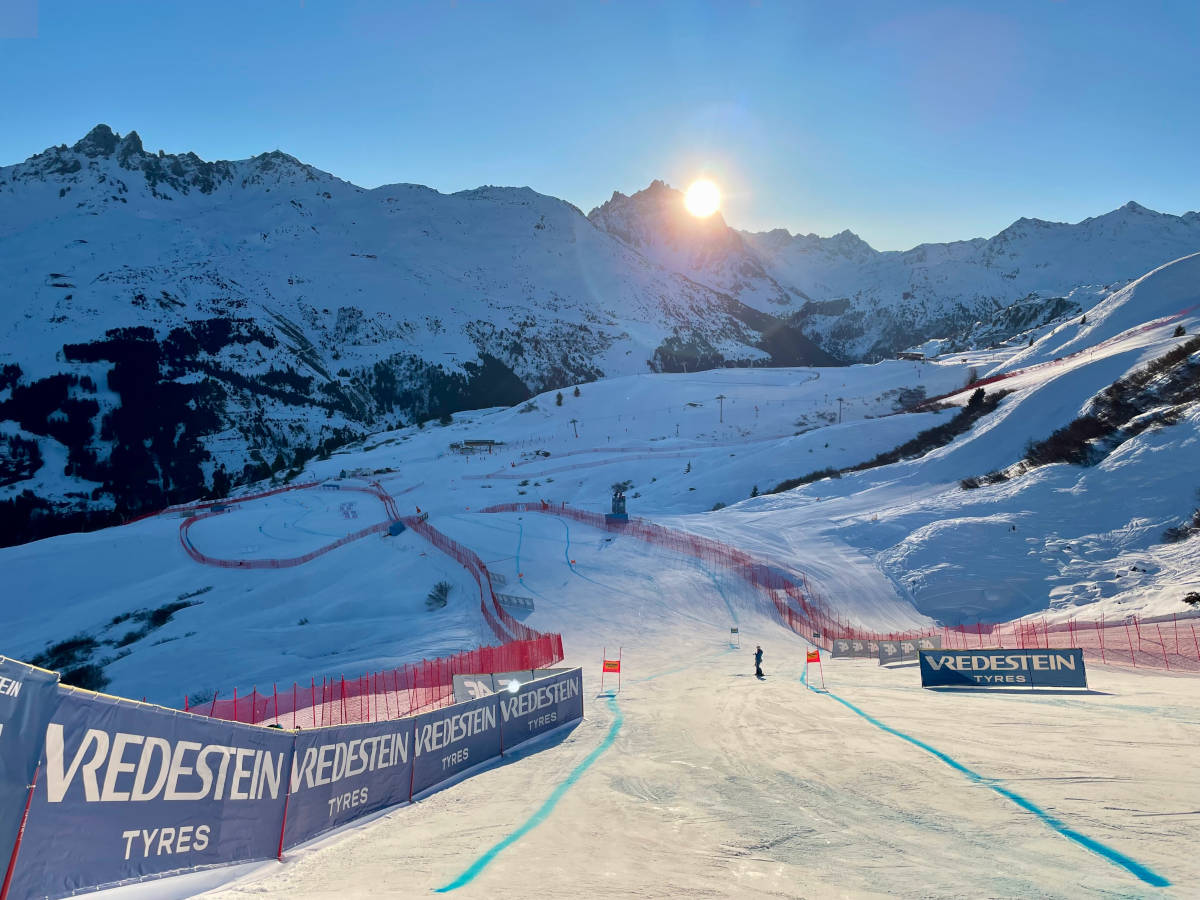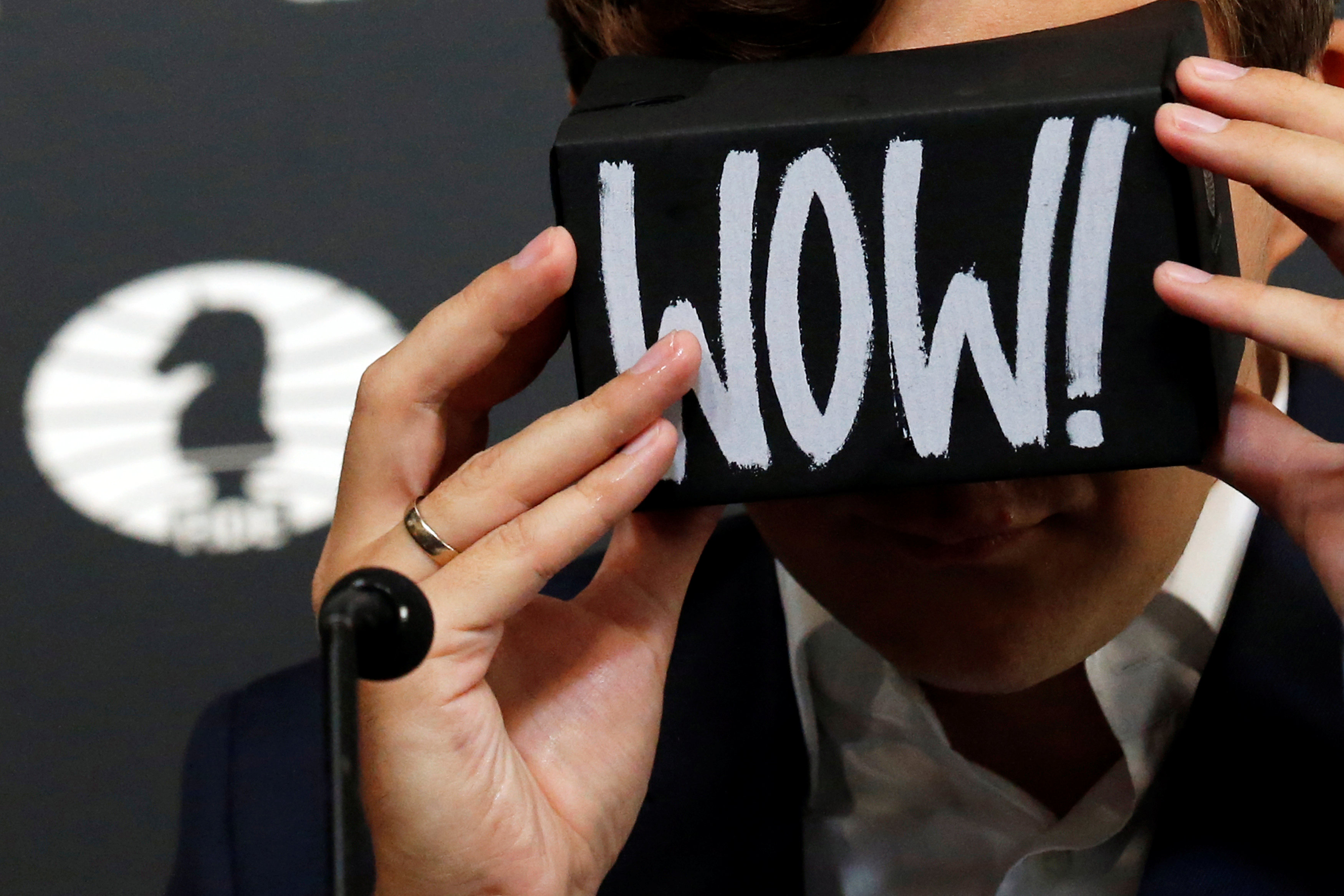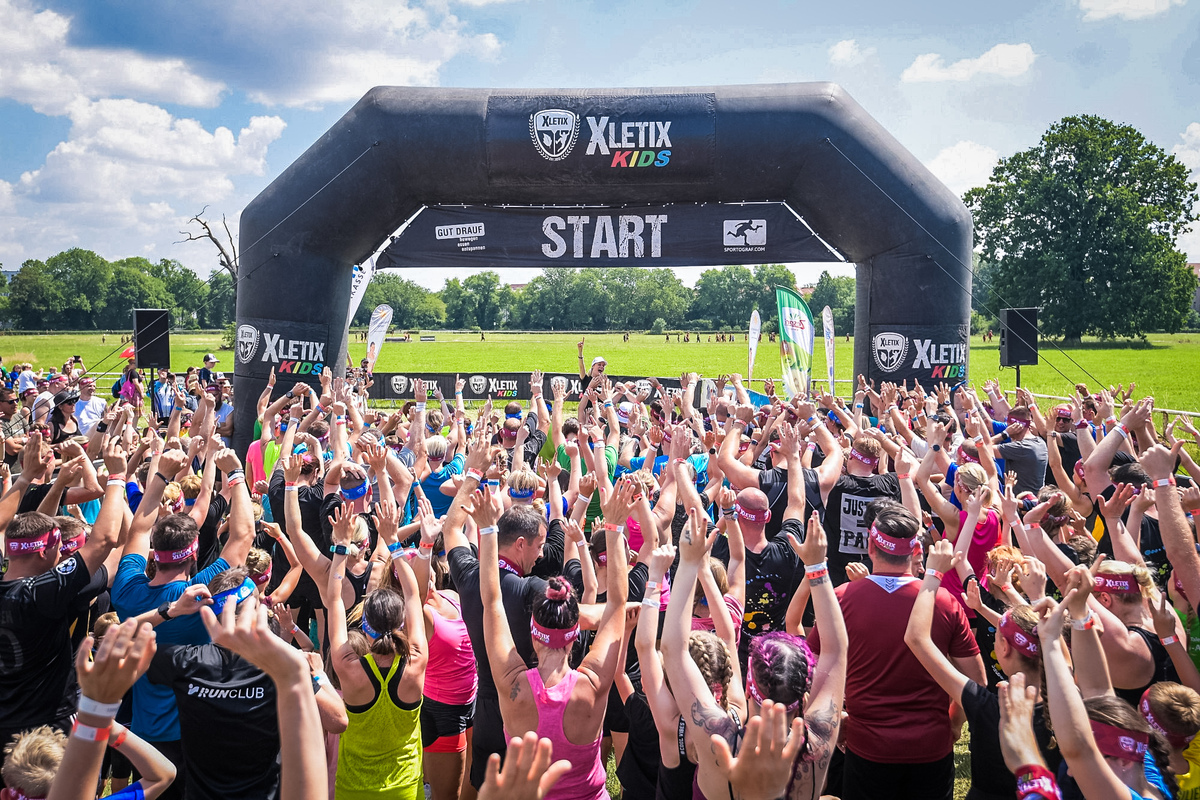Sports events offer all manner of logistical challenges. From ensuring the right equipment is in the right place to directing hundreds of people around an arena or stadium. But another dimension is added to that challenge when you have a venue which is formed by nature and conditions which can be unpredictable. Alpine, Nordic and Freestyle skiing all carry these issues when putting on a competition. This is the story of how world-class events – such as the FIS Alpine, Nordic and Freestyle World Ski Championships, are built.
Building an arena from scratch
The FIS Alpine World Ski Championships 2023 was a good example of flexibility in logistics. That starts from getting everything on the slope in the first place.
“We had a whole helicopter plan for making sure all the TV production and sponsorship material gets to where it needs to be with over 150 flights to get the equipment on the mountain,” explains Stefania Focher, who was responsible for sponsorship implementation at the event. “That’s a plan in itself and takes preparation beforehand to ensure everything is packed up properly and lands at the right spot.”
Then there is the added complication of putting it all together in questionable conditions and being flexible enough to change it all. The whole infrastructure is built from scratch. This includes the camera plan, sponsorship boards, start and finish installation/houses, stands and everything a fan would expect from a world-class event.
Whilst a temporary setup can allow for maximum flexibility, it’s also resource intense and requires some of the leanest and most adaptable project management in sport.
World-class broadcast facilities setup in days
This can be particularly challenging for broadcast production. Whilst other sports can bank on a number of fixed camera positions as the field of play remains consistent wherever you go, skiing events change constantly – sometimes even within the space of a few hours.
“Traditionally you have two adjacent courses for the whole event, with all equipment and material in relatively close proximity,” adds Daniela Calandra, Head of HB Project FIS World Ski Championships. “That’s still a challenge, but it sometimes allows picking up some pieces of equipment – whether that’s cameras, sponsorship banners or anything else like that – and being able to move it across if and where needed and possible.”
“But for the 2023 Alpine World Ski Championships, we essentially have two independent racecourses 15km apart. Therefore, we have two setups for production, two setups for sponsorship, two setups for everything.”
That means cabling up to 48 broadcast-ready cameras from the top to the bottom of courses ranging from 2.5 to 3 KM. Twice. In addition, a total of 20km of additional fibres were added to the existing fibre backbone installed on the courses.
“If there is a change in weather and the start is lowered, you need to move cameras, the starting hut and some of the sponsorship to the “reserve starts” within a matter of minutes (half our). That takes huge amounts of coordination and communication between our teams.”
Providing the best platform for sponsors
Sponsorship implementation is a critical component of putting on a skiing event. However, the temporary nature of skiing venues presents a unique set of challenges.
Exposure is one of the key elements for sports sponsorship. Partners want to see a return on their investment, which typically means maximizing their exposure to the target audience. This, of course, needs to be taken into account when it comes to the placement of sponsorship material alongside the slope or course.
For the Alpine Ski World Championships 2023 over 2,500 athlete bibs were produced along with eight start installations. The total weight of all sponsorship implementation material is more than 10,000 kg, including 20,000 metres of advertising banners. It takes approximately 7,000 working hours before and during the event to ensure it is all displayed correctly for sponsors.
Coordination of this starts when the camera plan is first discussed and is always taken into account by the Director. With most of the exposure coming from broadcast, it is natural that if cameras need to be moved, so do all the banners. All of this needs to be done with the safety of athletes front and centre. The safeguarding of skiers is paramount, but it adds another variable element to achieving the goal.
“This is again where clear communication and project management between teams is absolutely vital,” adds Stefania. “We need to coordinate between the FIS directors, the broadcast teams and the sponsorship implementation teams what the updated camera plan is to ensure our partners get the best result possible when it comes to exposure, always keeping well in mind the safety of the athletes.”
In addition to the on-course exposure is hospitality, often viewed as another vital platform used by sponsors. Dedicated staff work weeks in advance to ensure the standard of hospitality at the venue matches that at permanent arenas like football or ice hockey, for example.
“The aim is to create an exclusive 360° experience at the event,” says Stefania. “This goes beyond just the hospitality area and watching races from exclusive lounges, but also to experiencing the race slopes with former athletes and having the possibility of behind-the-scenes tour with the TV experts.”
By working closely with FIS, the event organisers and sponsors have been able to develop innovative solutions to overcome the challenges and achieve their goals, ensuring the success of the event.
The challenges of putting on a world-class skiing event are numerous and complex, particularly when it comes to the temporary nature of the venues. Flexibility and adaptability are the most effective tools when plans need to change on the fly. Broadcast production is also a major challenge, with the need to cable cameras from the top to the bottom of the course and move everything quickly in the case of changes in weather-related adaptations. Sponsorship implementation is also a critical component, with the need for clear communication and coordination between teams to ensure maximum exposure for sponsors.
Despite these challenges, through careful planning and collaboration, world-class skiing events can be successful, providing a memorable experience for both athletes and fans.




/Images-Logos/09072025_Blog_Nordic%20brand%20implementation.jpg)

.jpg)
